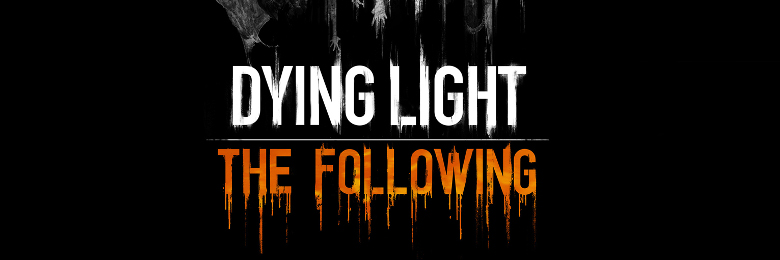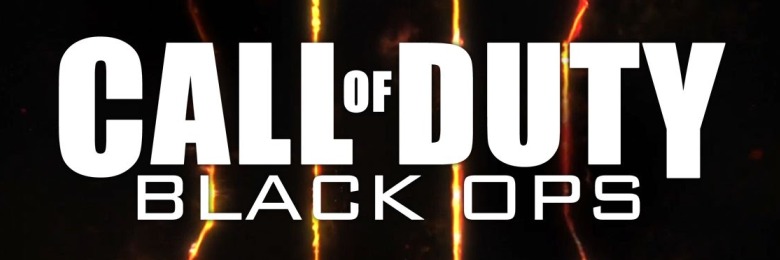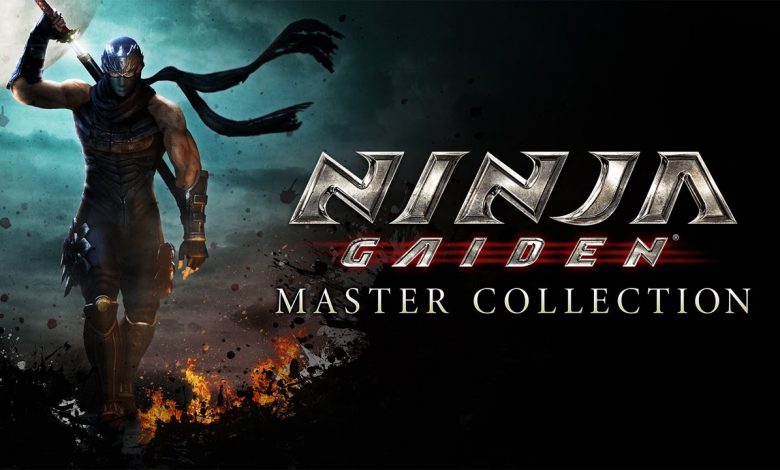
NINJA GAIDEN: MASTER COLLECTION
They say that old games have been judged by the passage of time and there is no point in messing with them as they were products of their time. But what happens when the first time we get to play them is today? How much can you be unaffected when you open the cupboard and the wine has turned to vinegar? When history was written by blinded fans in a childish attempt to convince fans of rival platforms that their system "has the best games" and "is the best"? The Ninja Gaiden: Master Collection contains 3 third-person action games in Koei Tecmo's popular series. Let's take things from the start, looking at each title of the bundle individually.
Ninja Gaiden Sigma
To no one's surprise I think, the story is simple and exists more as an afterthought that excuses the action and the slaughter of our enemies. The central protagonist is Ruy Hayabusha of the Hayabusha clan, tasked with the duty of protecting the world from supernatural threats and guarding dangerous artifacts. One day his village is attacked by ninja of an unknown faction who steal the Dark Dragon's blade to unleash the demonic power it contains. So he embarks on a quest to get it back and prevent the looming threat. Nothing to see here, just a run-of-the-mill B-movie plot of ninjas, blood and katanas.
In terms of gameplay, things are also as expected, at least for a hack 'n slash action title of the decade before last. The adventure will take us through various areas where we'll slaughter hordes of enemies and occasionally stop for a moment to think about where we're going. The path we take in the game is linear but there are plenty of secrets and side streets/alleys/recesses to find, usually hiding chests or some other reward. Chests usually contain consumables that replenish our health or Ki which is the number of Ninpo (spells) we have to use, etc. Defeated enemies leave behind red, blue or yellow orbs which are Ki, life and currency replenishment for buying consumables or upgrading weapons respectively. Throughout the game, in addition to the original sword, we will find a wide variety of weapons. The same goes for Ninpo. On the plus side, each weapon has its own, unique move set, so it is recommended to try them all and settle on 1-2 to focus on and learn their use well. The vast majority of them are upgradable up to level 3, with each upgrade giving access to new moves.
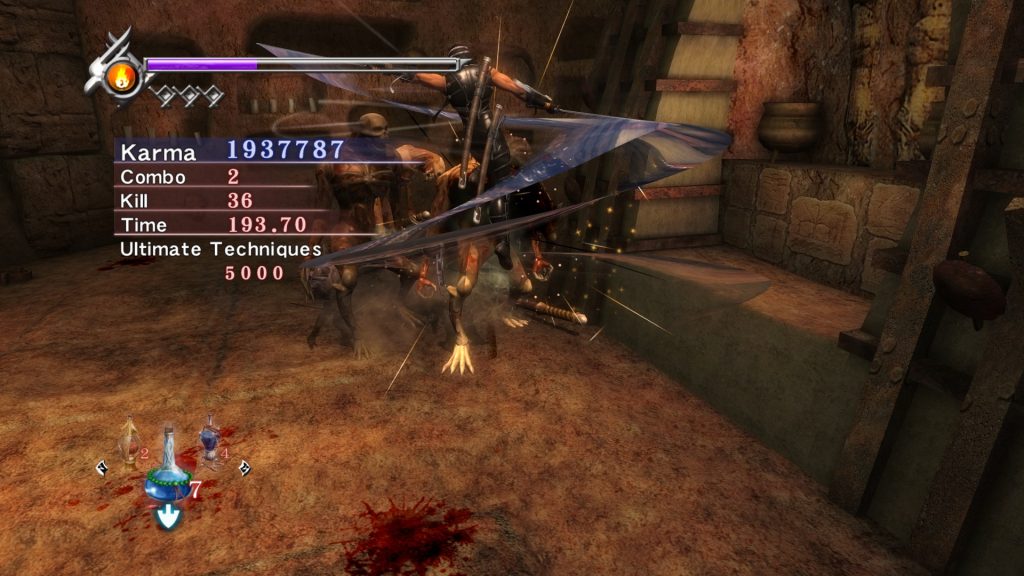
Everything you may have heard about the difficulty of Ninja Gaiden is absolutely true. If someone you know is grumbling about the difficulty of Souls-like releases, give them a playthrough of this one to make them reevaluate their difficulty rating. In fact, the Sigma version included in the bundle is (supposedly) slightly easier than the previous version, which was also based on the original 2004 game. Combat is relentless and our opponents are brutal. They don't wait their turn to be beaten up, they attack in an organised manner and try to surround us. They don't get stuck in the environment and ledges and elevated points don't prevent them from reaching us. Therefore forget about camping and spamming ranged weapons. Several of them can block or even dodge attacks, so proper timing of transitioning from defense to attack - dodge and block are not only for enemies - and using different moves is the best method. In general, their A.I. is impressive, if nothing else, considering this is a game of another era. And all this on Normal. Higher difficulties are for true masochists. Based on the above we would be talking about a great representative of the genre, IF it didn't suffer profoundly in some nerve-wracking areas that make you want to pick up the katana and cut the screen in half.
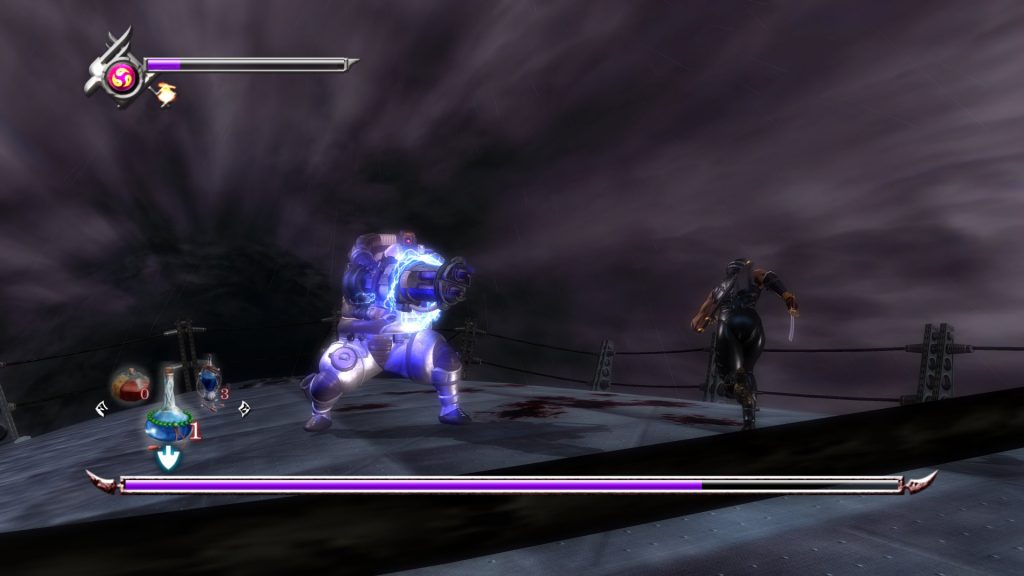
From the first few hours of gameplay you realize that the camera is a crime against the gaming community and the person who made it is out there somewhere, laughing gleefully at his bad joke. The camera seems to have a mind of its own. While we're out of the fight, we don't face any particular issue. Although by default it covers the events from certain angles, we do have some control over it. We can rotate it and even adjust it behind Ryu, if only until he decides to do his own thing. The nightmare starts as soon as enemies appear, and in tight spots, it's a tragedy. That's where some drunk Japanese guy takes control of the camera after a night of karaoke (or maybe it was an alien, I don't know). No matter how much we want to correct it, it continues to do its thing. Objects in the environment interfere with the action, it spins around to get to viewing angles that don't work, it hides enemies from our view until it's too late. Not only did it not age well, but even back then this was not acceptable. Common sense throws up its hands at some who called it "monumental", "sublime", etc. Especially when by then we had already seen games in the genre like God of War, Legacy of Kain, Shadow Man, Devil May Cry, etc. where the camera, even if it wasn't perfect, didn't cause a headache and made us punch our PCs.
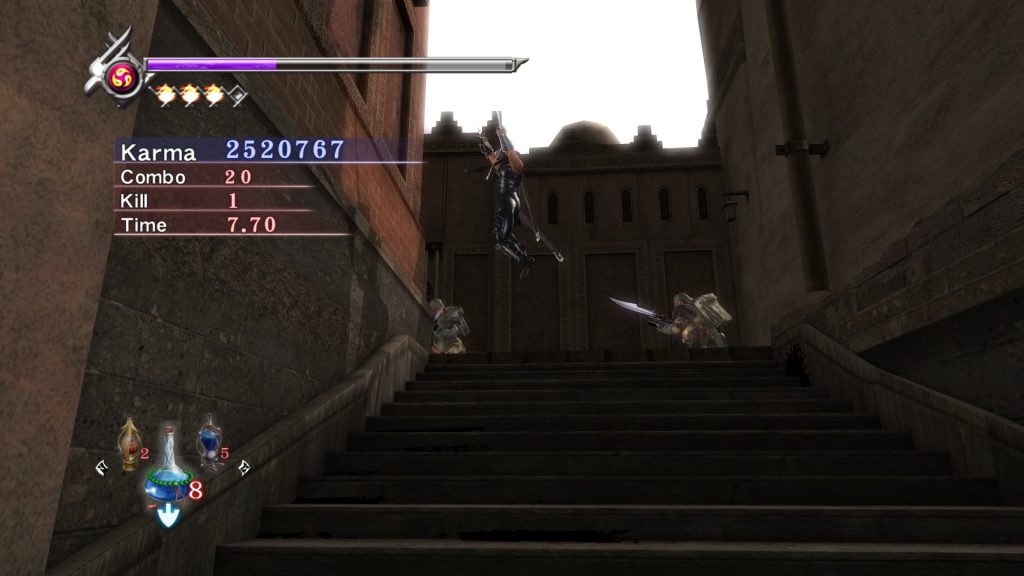
Another point where Ninja Gaiden Sigma falls short is the lock on the opponents. Specifically, it is completely absent and instead there is a pseudo-alignment of Ruy with the closest target. "I prioritize my targets", apparently an unfamiliar tactical concept to its creators at the time. Even this doesn't always work properly, however, and as a result we sometimes hit at one place and our opponent is somewhere else, or - more commonly - we hit a different enemy than the one we intended, especially when using attacks that pop out suddenly. And somehow we end up playing something that feels more like a clunky beat 'em up (by devilish coincidence, the series started out as such) instead of a well-made character action game. Did you think we were done? Of course not! The third deadly sin is the ruthless respawning of enemies (with a few exceptions). It served absolutely no purpose for enemies to respawn in a game like this. We can usually get past them but an escape without damage to the health bar is not always possible and all they do is annoy us.
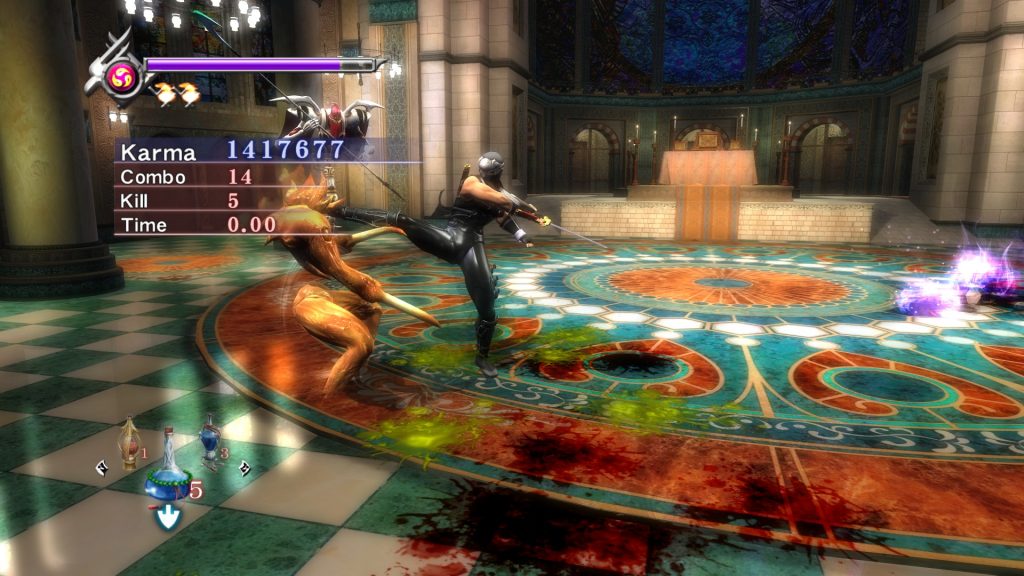
And guess what, I didn't even start talking about the input lag of some of Ryu's moves, the wall running that due to the crippled camera ends up not being accurate as in which direction to move etc. And the PC port is one of the laziest and most barebones we've ever seen. Completely poor options, no support for resolutions above 1080p, introducing launch options to run at our native resolution, and the way to exit the game would be excellent material for an AVGN episode. It's a big missed opportunity to make a total overhaul so the title could be brought into the present day while retaining its hardcore nature.
Ninja Gaiden Sigma 2
After the disappointment of the first game, which was supposed to be a classic, I went into Ninja Gaiden Sigma 2 with the worst expectations. In an unexpected twist though, I found myself having a much better time with this one. The story begins with a CIA agent who seeks out Ryu to inform him of impending danger. Before she can, however, she is kidnapped by the rival Black Spider faction. After a risky chase, our hero as a seasoned ninja manages to save her. She informs him that the rival faction intends to steal a demonic statue to use in a revival ceremony of Archfiend. Naturally, he fails to stop them in time and so begins their pursuit, through locations where the effects of the Hordes of Hell have left their mark...
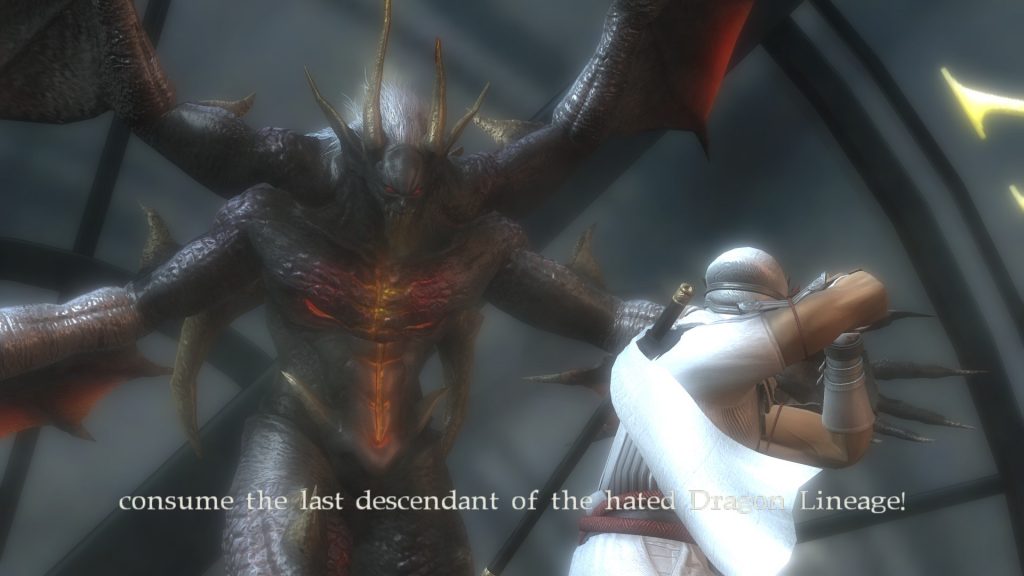
Sigma 2 is also an updated version of the original second game. The main differences are the reduction of violence and the detailed gore system (blood hasn't been completely removed, but has been largely replaced by colored smoke) and the reduction in difficulty. I honestly can't say that either of these bothered me. Sure, slashing your opponents and seeing arms-legs-head adorn the battlefield is quite impressive yet satisfying, but I personally don't play games of this type for the sheer visceral nature of them. As for the second element, I understand the reduction in difficulty comes from the reduction in the number of enemies compared to the original, though their vital energy is increased. What I can confirm is that the game was by no means a walk in the park, but it's clearly easier than the first Sigma.
The first difference I noticed in the game is that after each battle Ryu's life is almost completely replenished. And I say almost because a percentage of damage taken permanently ties up a portion of the health bar, as if we're somehow sustaining injuries that reduce our maximum life. Does that ring a bell? We can reduce (or completely remove) this affliction on the health bar with either a strong healing item, or with blue Essence, or with the dragon statues that act as checkpoints. This, combined with the reduced number of items we can have on us, contributes to a fairly balanced system, which I prefer from the first game. This is because mistakes in combat and item management could lead to later save state deadlocks.
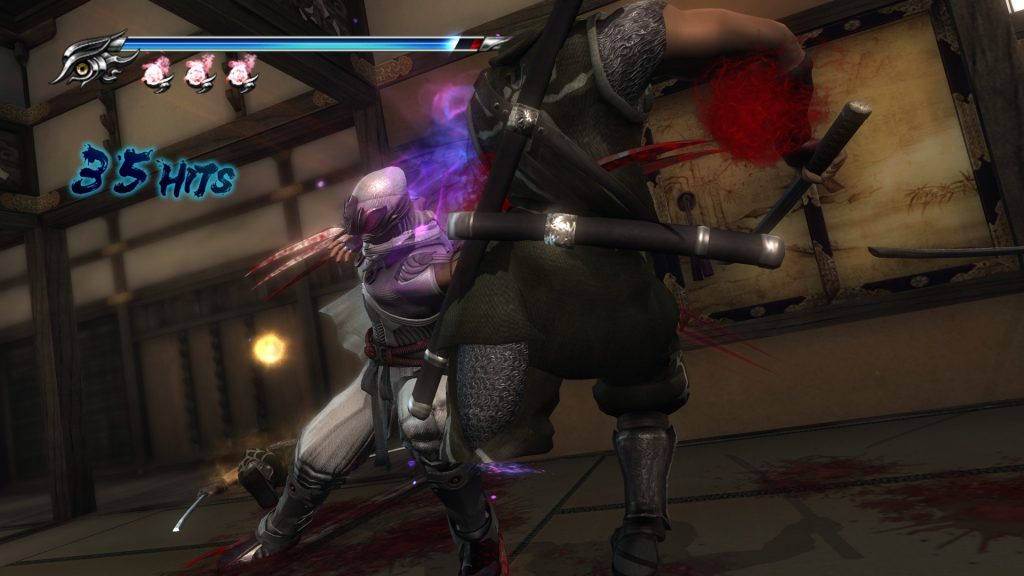
Weapons are plentiful in Sigma 2 as well and I was truly blown away by the repertoire of moves for each of them. Not that I'm opposed to having options and variety, but I wonder if anyone would actually take the time to learn all the moves on 1-2 weapons, let alone all of them. From the first try though, the different commands and attack patterns that are inextricably linked to the arsenal made me immediately recognize one of the elements that Ninja Gaiden passed on to Nioh. The combat was already one of the strong points of the first game, the controls here are more fluid, with a more immediate response and the hits you manage seem to carry more weight. A new detail is that if we cut a limb on an opponent, we can finish them off, however caution is needed as those in this state can make suicide attacks that have a serious impact on our health.
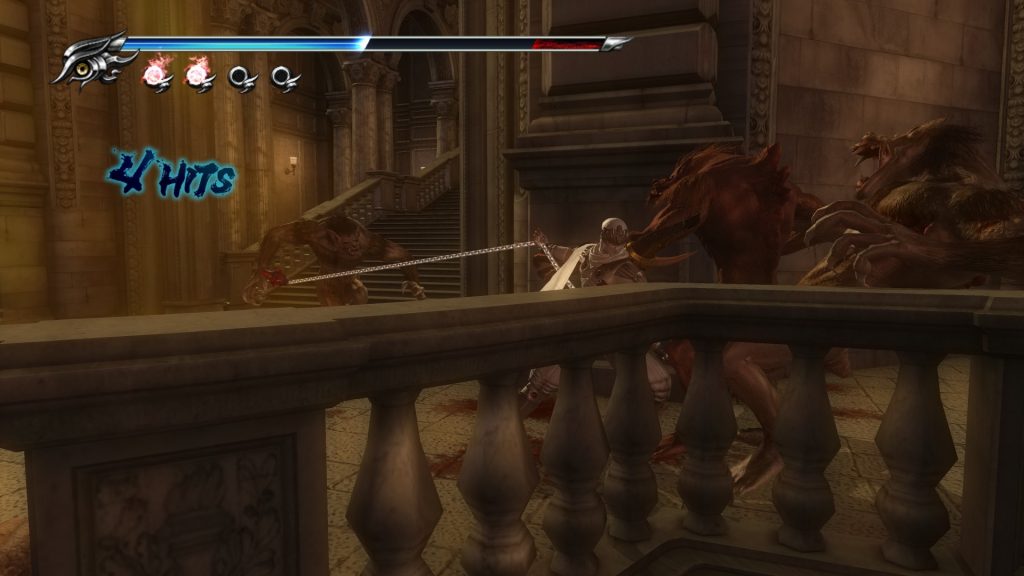
The camera, while not completely cured of its lameness, is less hostile than the previous title. Contributing to this are the more open arenas where battles are fought and the faster response when following our actions. If one element has taken steps back (although depending on one's temperament it can be counted as a positive), it's the design of the areas. The first game in no way supported unfettered exploration and progression, but it was intriguing to a degree with discovering secrets and searching for keys and switches for closed doors, reminiscent of something from early Resident Evil games. This of course resulted in some chapters taking us back through areas we had been through, usually with minor variations, new enemies etc. and there was generally some repetition. In the second game, the environments are completely linear, with no room to stray, yet we noticed more variety in them. Related to the above is probably the fact that respawning enemies - thankfully - is a thing of the past.
Ninja Gaiden 3: Razor’s Edge
And we come to the 3rd game of the pack and for many the black sheep. The main reason cited by fans of the previous games was that Ninja Gaiden had become a streamlined game with simplified gameplay and button mashing, ticking boxes from the playbook of most AAA creations back then, such as Quick Time Events, long cutscenes, level design on rails, etc. Luckily for us the version included in the collection is Razor's Edge which largely fixes a lot of the issues the original release had. To illustrate, QTEs have been significantly reduced and it is shown when they are going to happen. The combat has depth with multiple moves for each weapon (I didn't count but there's a chance there are even more than Sigma 2) while enemies are aggressive and by no means pushover.
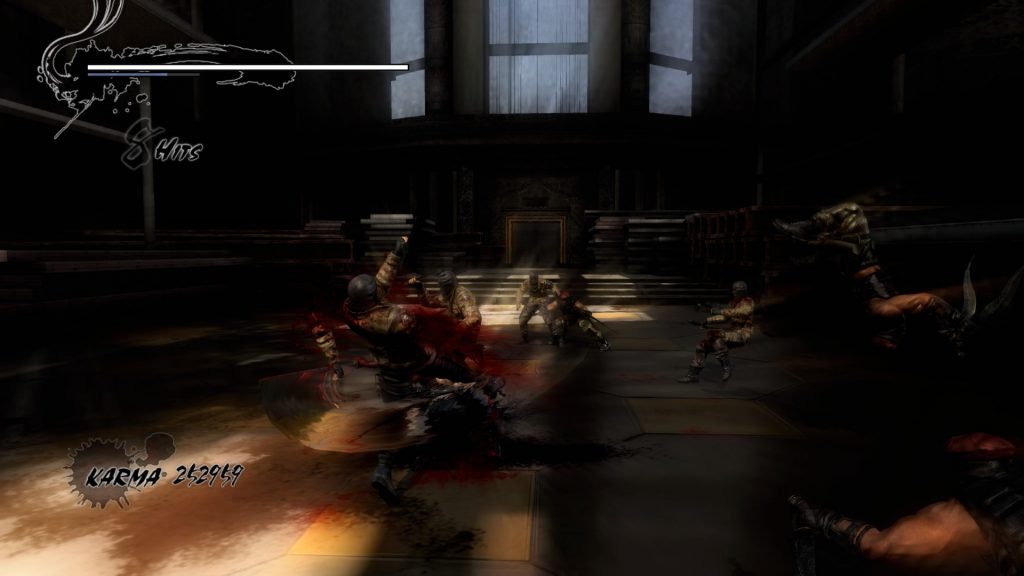
The story seems to be trying to set a darker tone and take itself too seriously, with predictably questionable results. Ryu is approached by some members of the Japanese government to take on the task of stopping a terrorist organization. The adventure will pit him against the mysterious Lords of Alchemy and his own personal demons, as he falls victim to a curse that increases his thirst for violence and mayhem. It's not necessarily a bad story, but that was never the point, and by being presented less subtly than before, it makes us all the more eager to return to the carnage than to keep our interest.
NG 3 tricks you with a false sense of security. It starts off relaxed, with easy encounters. You get a taste for it with the vicious beatings you dish out. But once you get past the first chapter, the game starts to show its true colors. The enemies are numerous and aggressive, and the bosses require good memorization of moves. Mistakes cost dearly. I don't hesitate to say that it almost outright matches the difficulty of the first NG. The reasons for this are numerous. For starters, all objects have been removed. Essence of any color is not present even a bit. The game follows the NG 2 mentality of tying up the health bar from a portion of the remaining damage, healing us after each battle but Ki and maximum health bar are only recovered at save points.
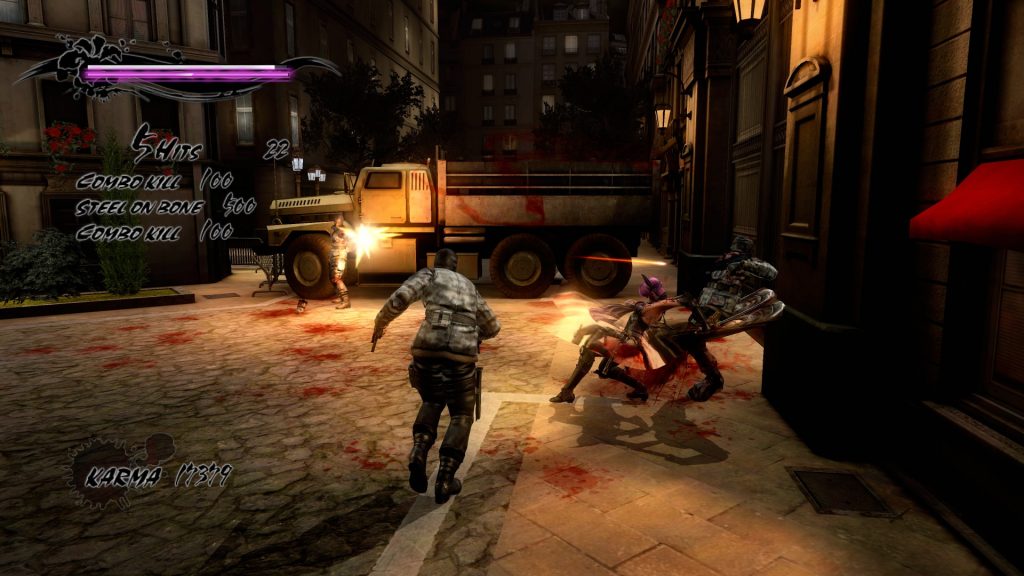
Subsequently, Muramasha's shop has been removed from the game. Since essence does not exist, the role of the monetary unit is played by Karma, which until now was purely a score indicator for flexing. Commonly, the better we perform, the more points we accumulate after each battle and the faster we upgrade Ryu. Now weapons, general skills and Ninpo are in the same menu and by investing Karma we can boost at any time. Bosses are brutal and knock us out with minimal hits. These encounters are made much more painful by the fact that we don't have the ability to heal, beyond one (usually) time using Ninpo. This is a point that definitely beats the first NG in difficulty and becomes cheap.
Gameplay elements that add finesse to NG 3 are the revamped dodge that is more slide-like and more agile than before, the "Steel on bone" and Bloody Rage. The Steel on bone mechanic works as a counter to enemy holds. The moment someone is about to grab us, we slide up and use the powerful attack. If we do it right, we eliminate him once and for all, and if we immediately use the quick attack, we can begin a sequence of executions on any opponents who are nearby. Understandably, it makes our lives quite a bit easier. Bloody Rage is essentially a Karma multiplier that is activated by a number of slain enemies and beyond. As we continue the carnage, it ramps up. Alternatively, we can use an Ultimate Technique (Bloody Tears-Brute) on bystanders in exchange for the multiplier being reset to zero on the score. On the other hand, the level design remains average. Following close behind are the set pieces with the "arena-fighting-climbing/scrapping/unplanned-plarforming-arena-fighting-qte" chain and so on, maintained more or less until the end.
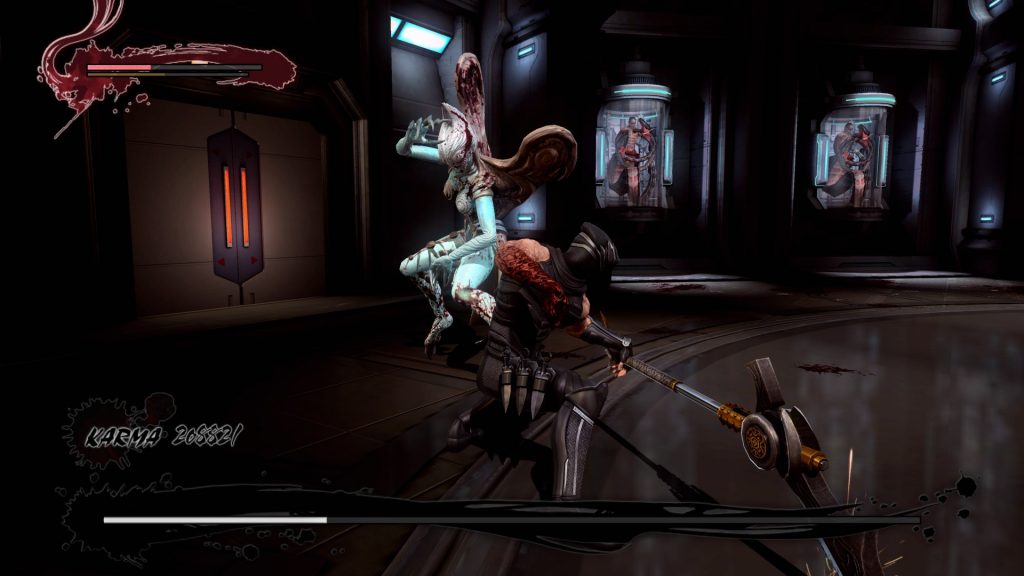
O Panisxuros Megistanas twn Ninja
In summary, what does the collection include? A hardcore game, unfair in many ways, but a game that time has left indelible signs of aging on. An improved sequel in most areas that is more balanced and by extension more fun. And a fairly polished yet relatively "sterile" third part that goes wrong mostly in the boss encounters, pushing for a lot of annoying repetition because the balance went awry. Additionally, although NG 2 and 3 are rich in extra modes, the porting of the games from consoles to PC is some of the sloppiest we've seen in recent years. It's only recommended for those with immense patience, plenty of time and masochistic tendencies for games that suck mental fortitude like a black hole.
Ninja Gaiden: Master Collection is released by CD Media who we thank for providing us the review code.
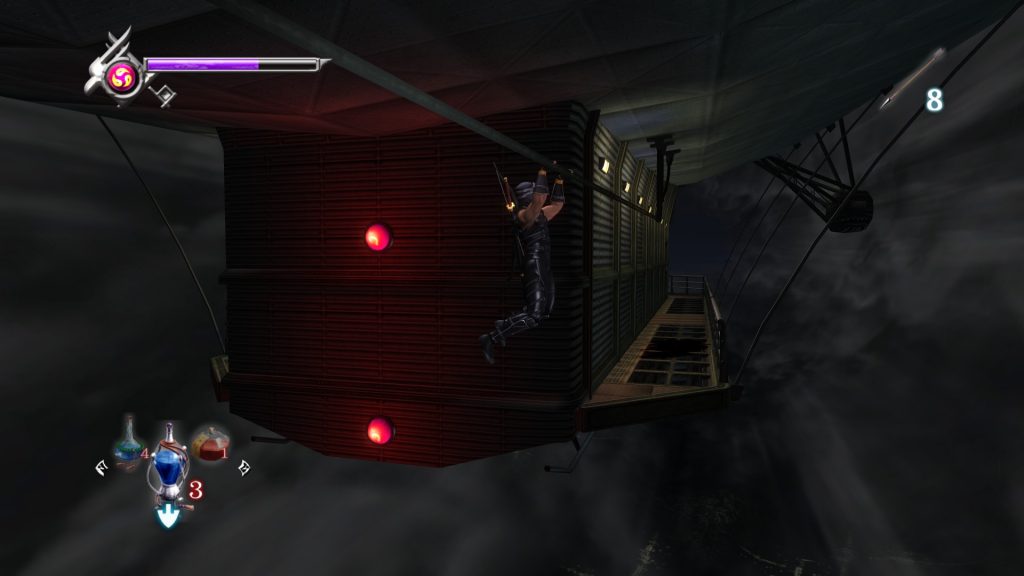
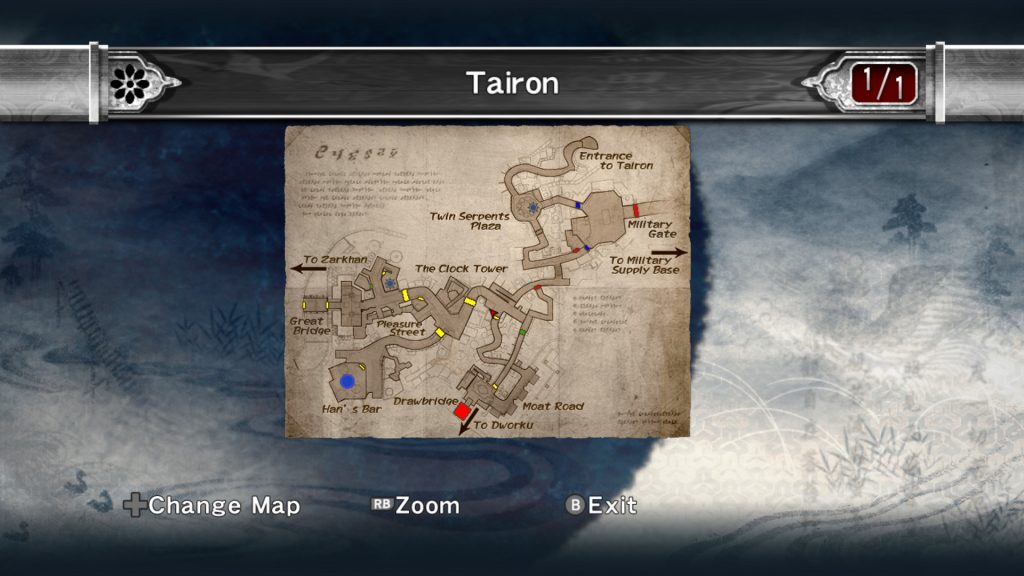
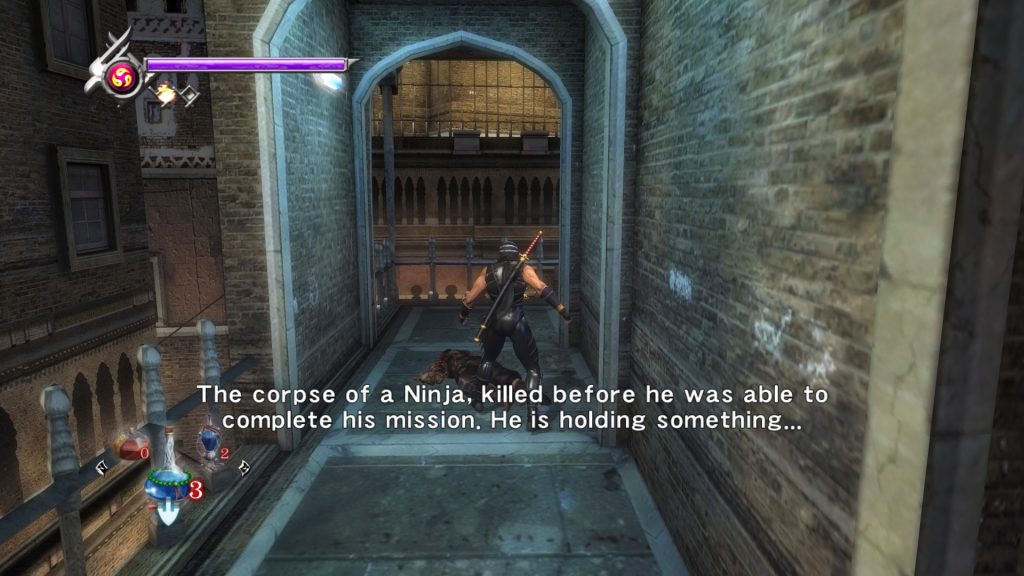
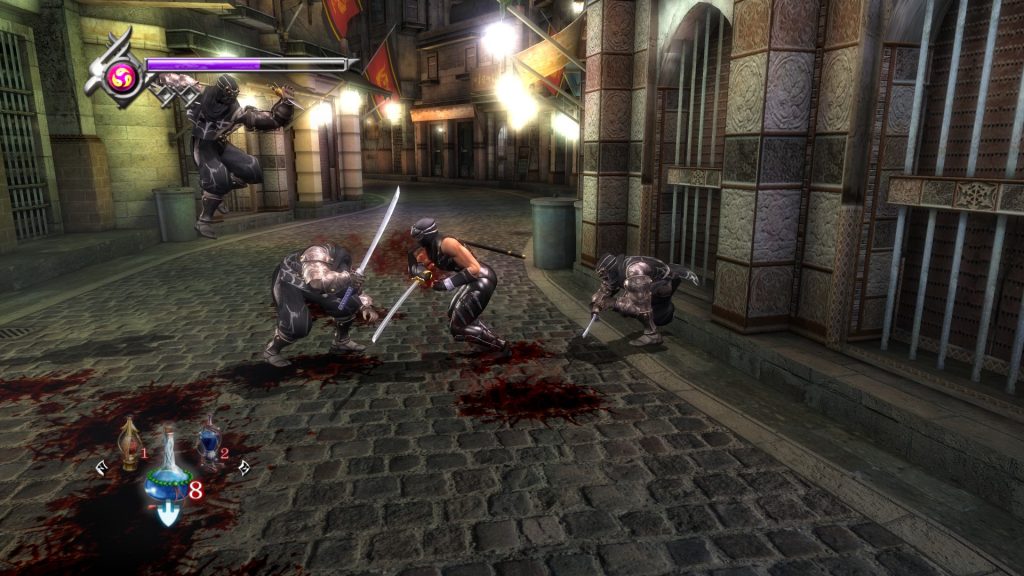
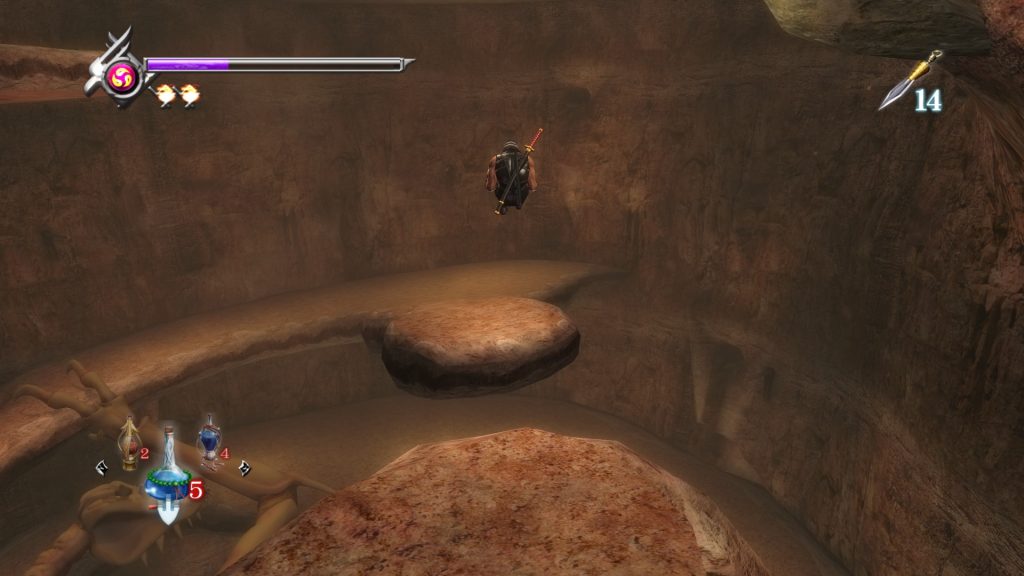
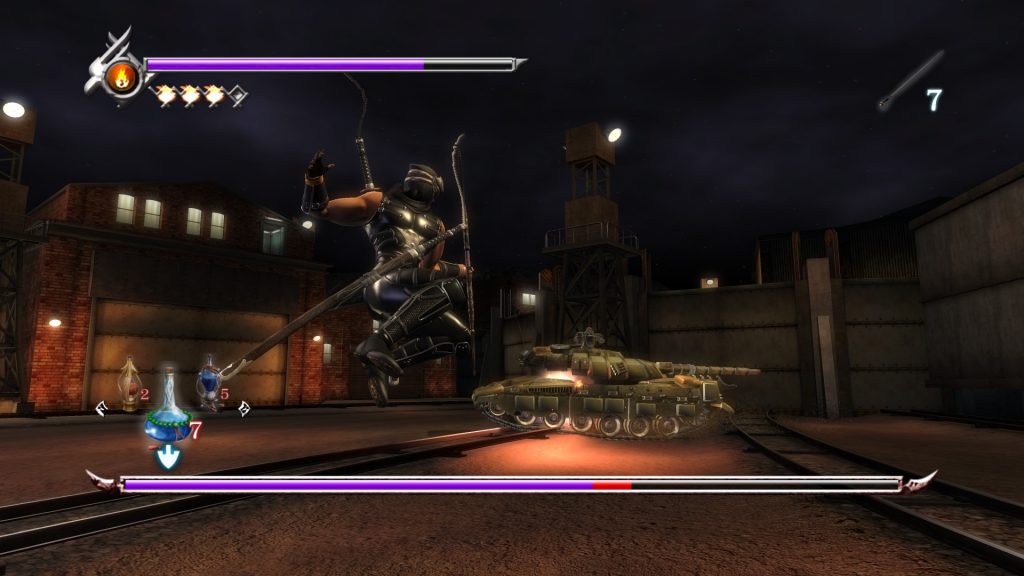
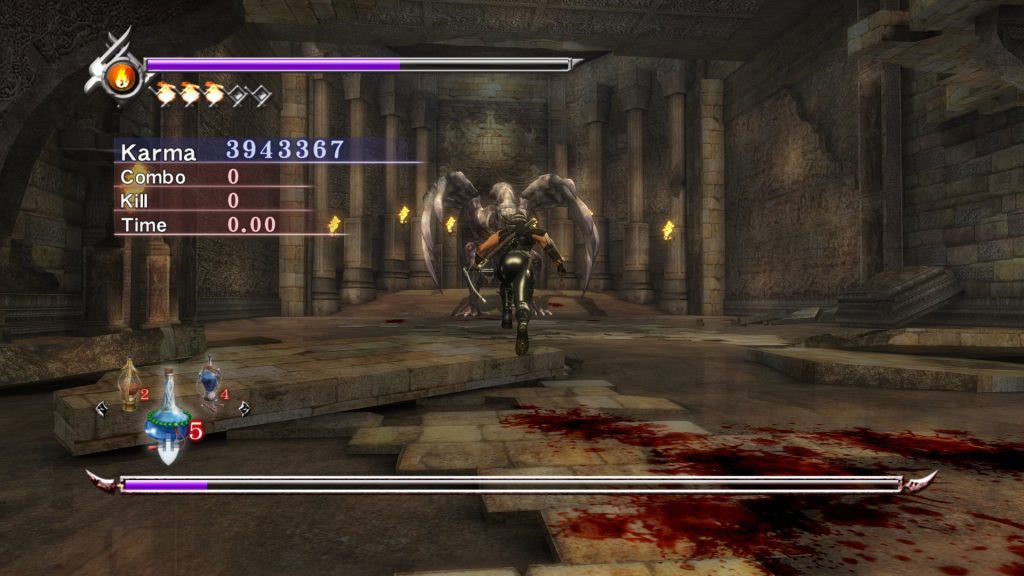
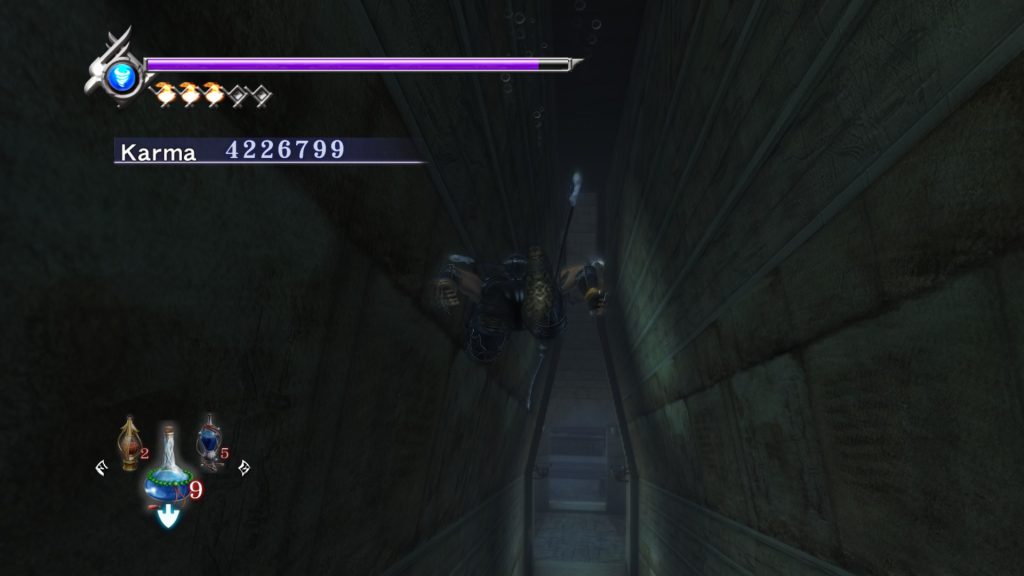
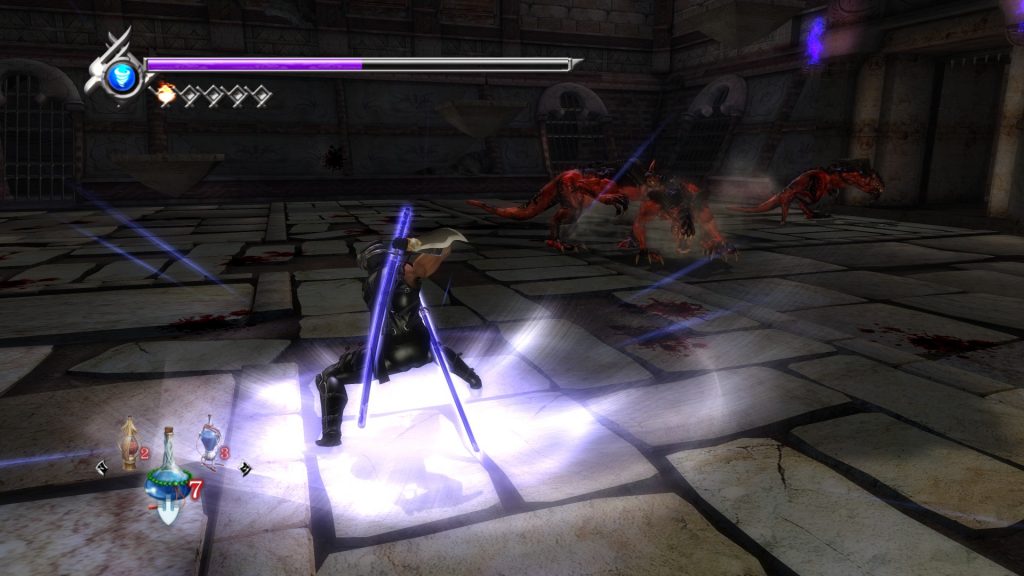
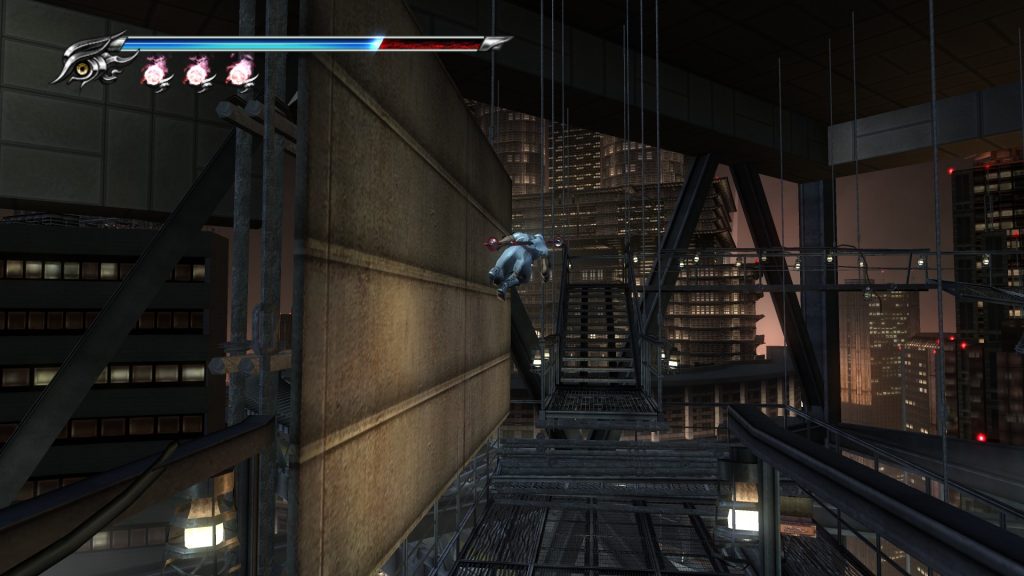
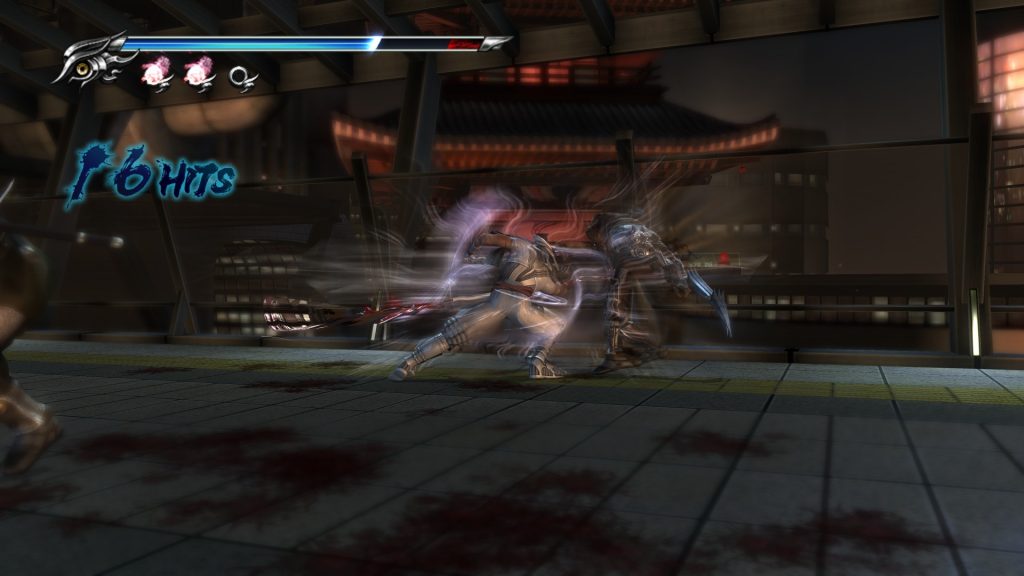
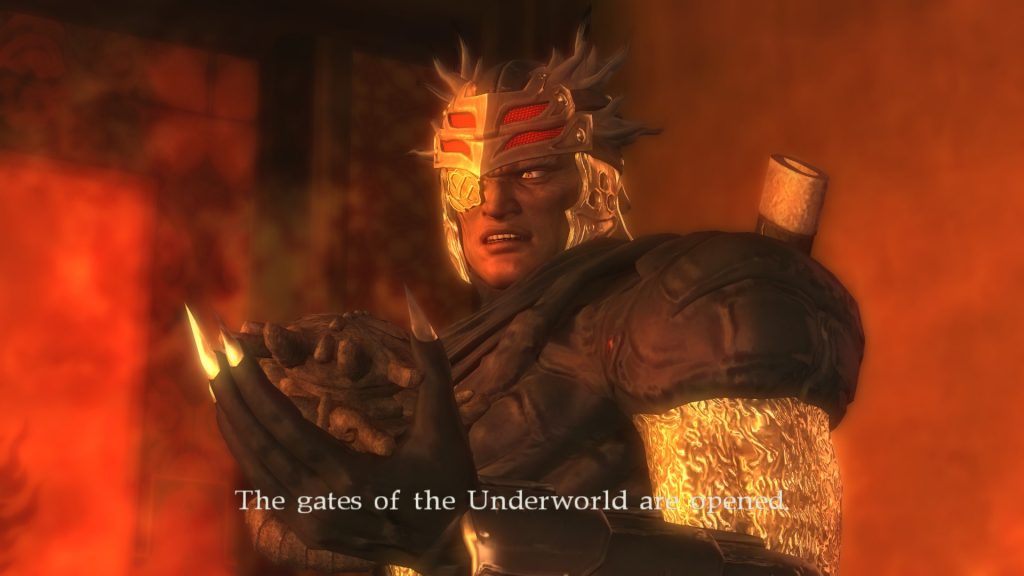
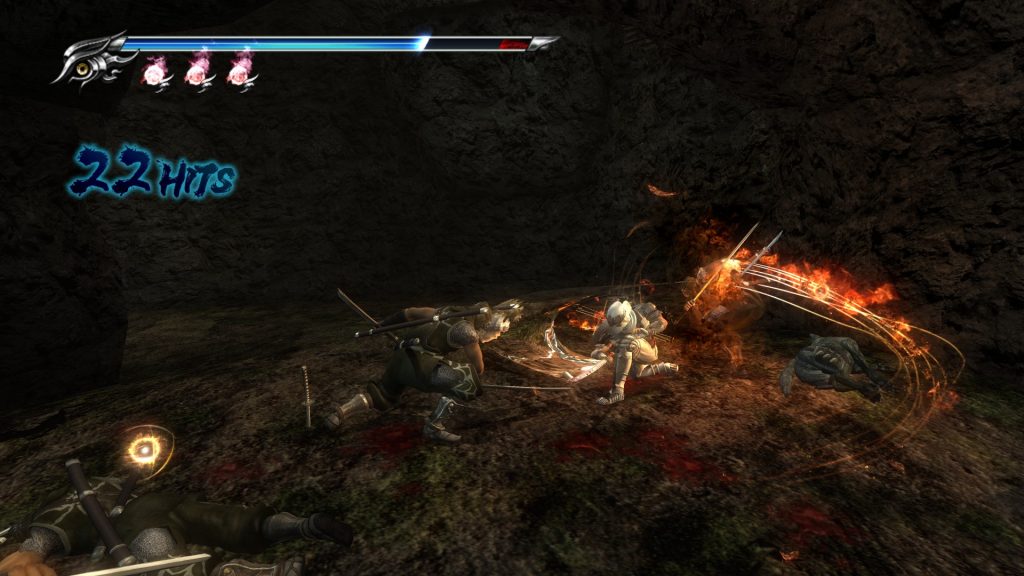
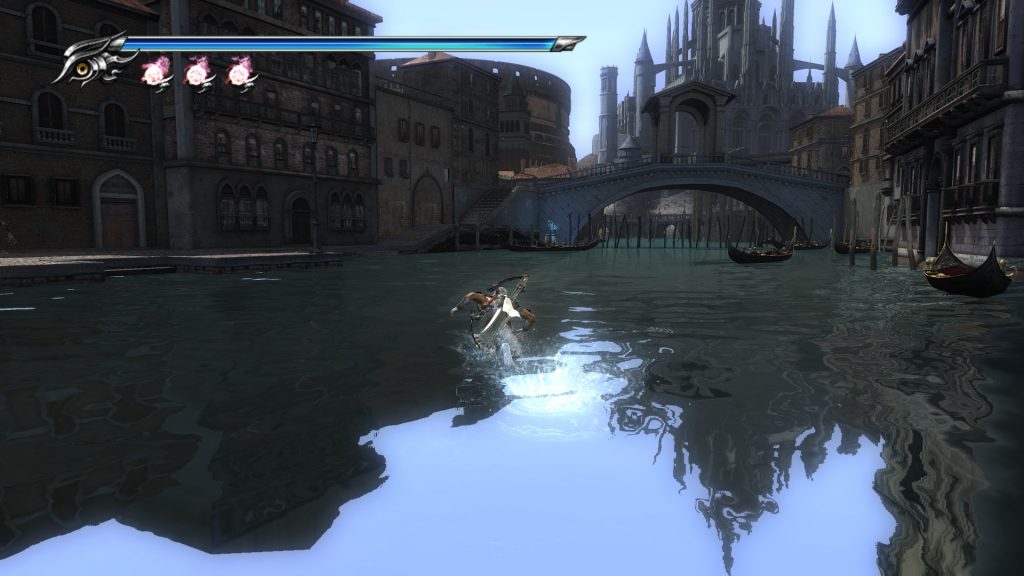
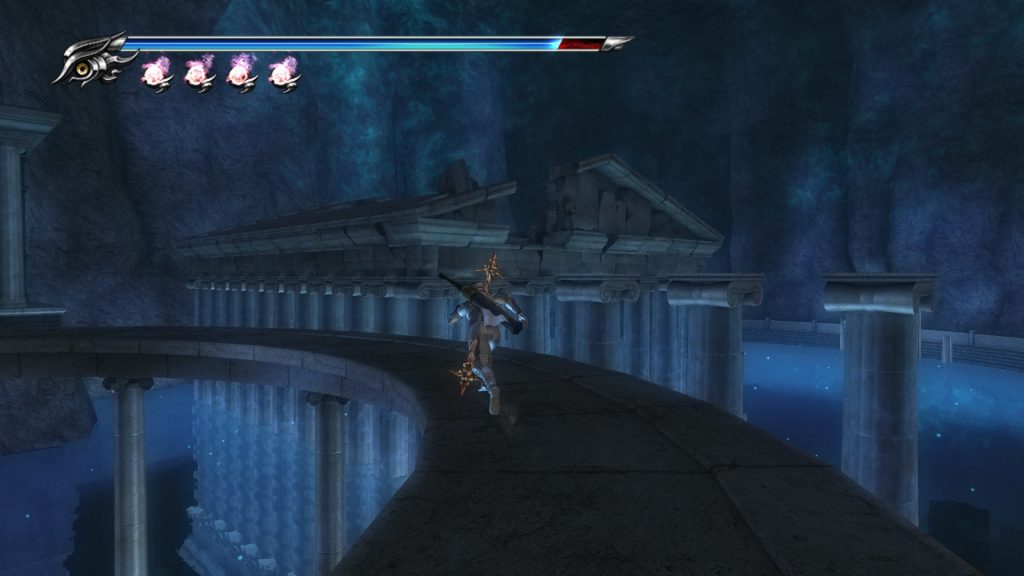
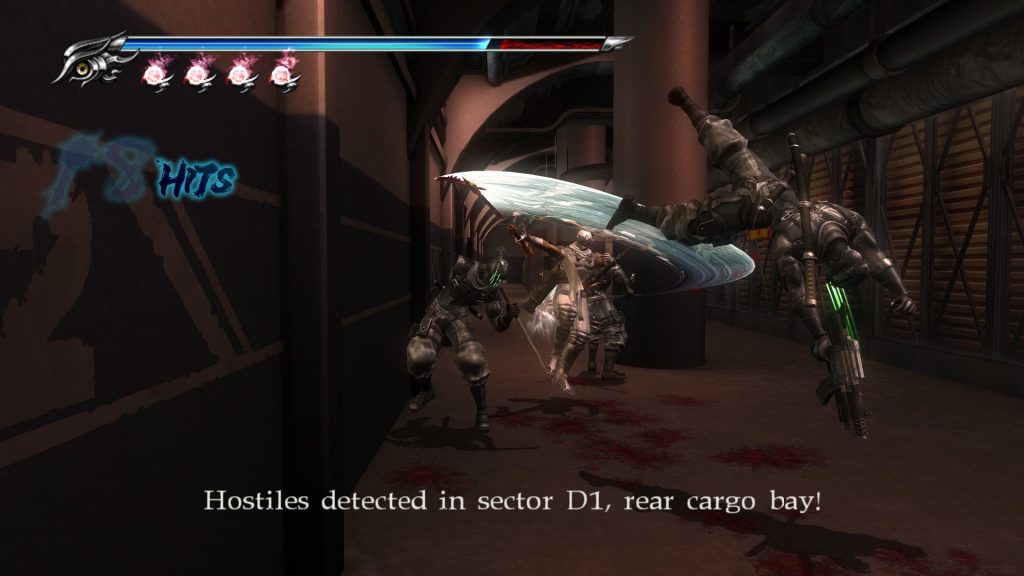
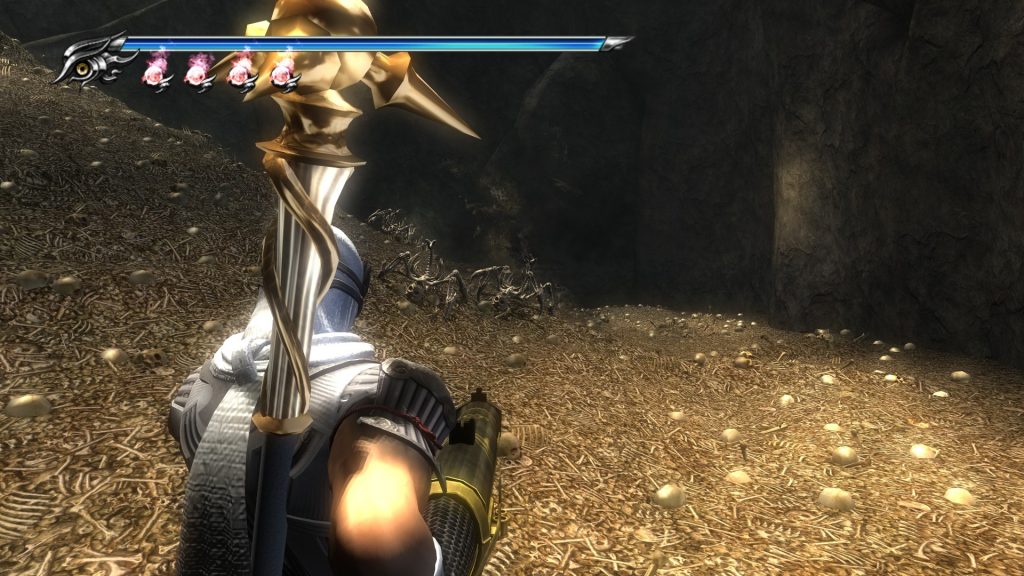
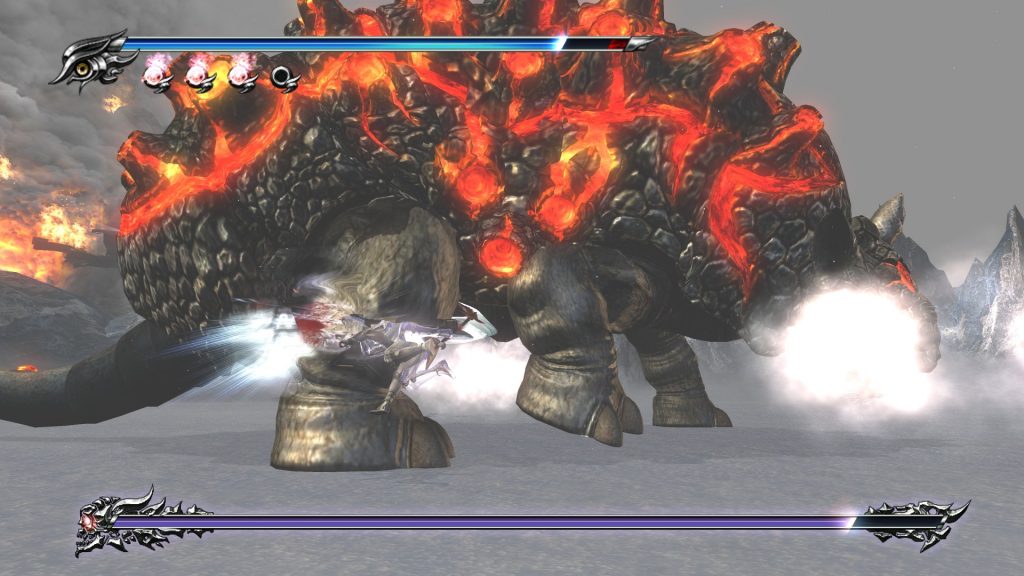
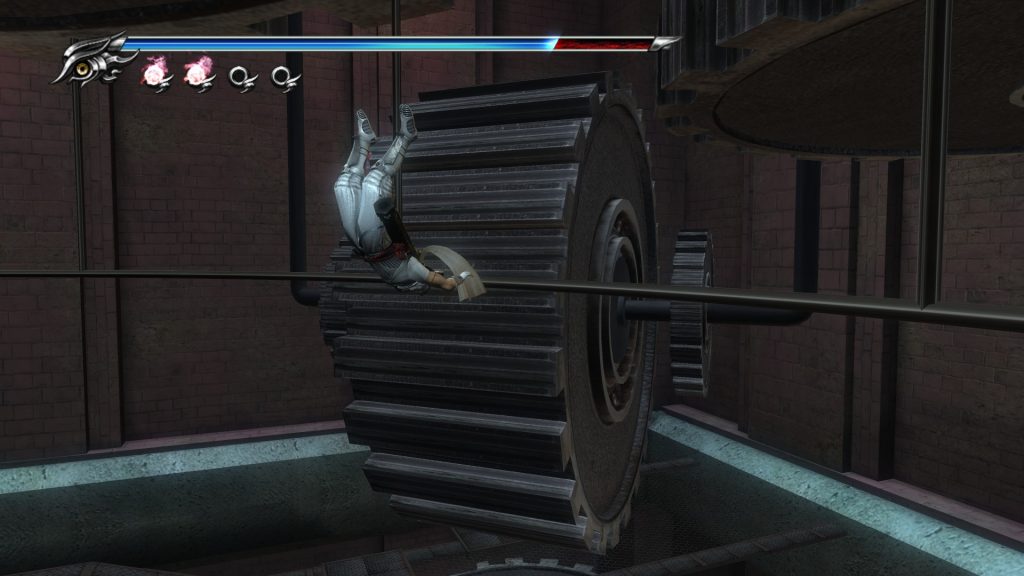
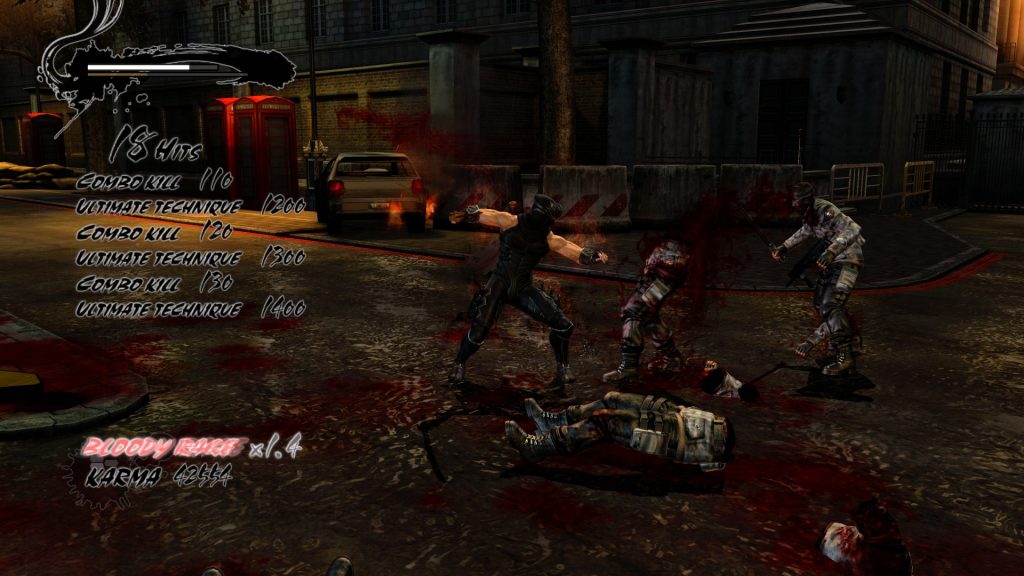
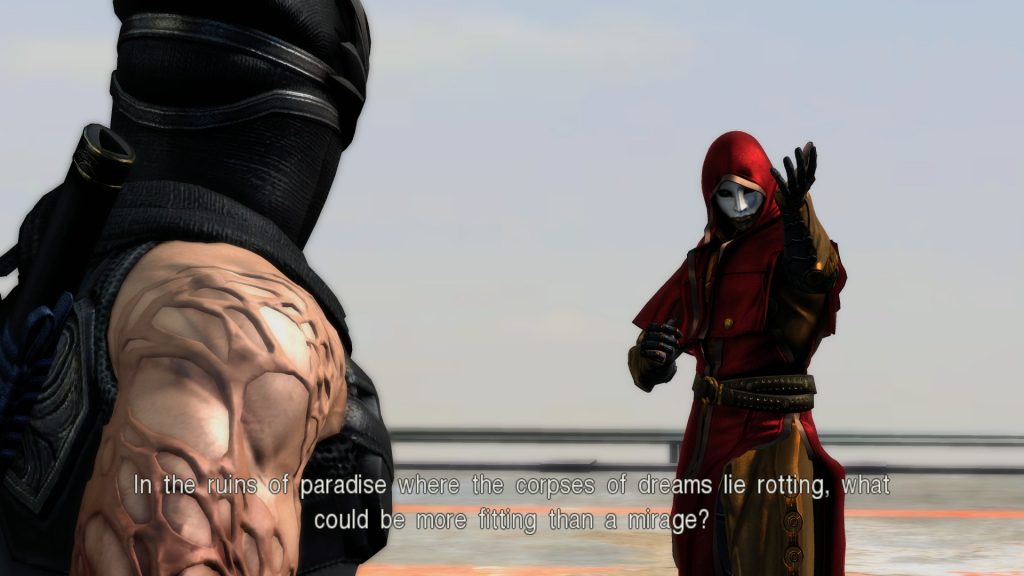
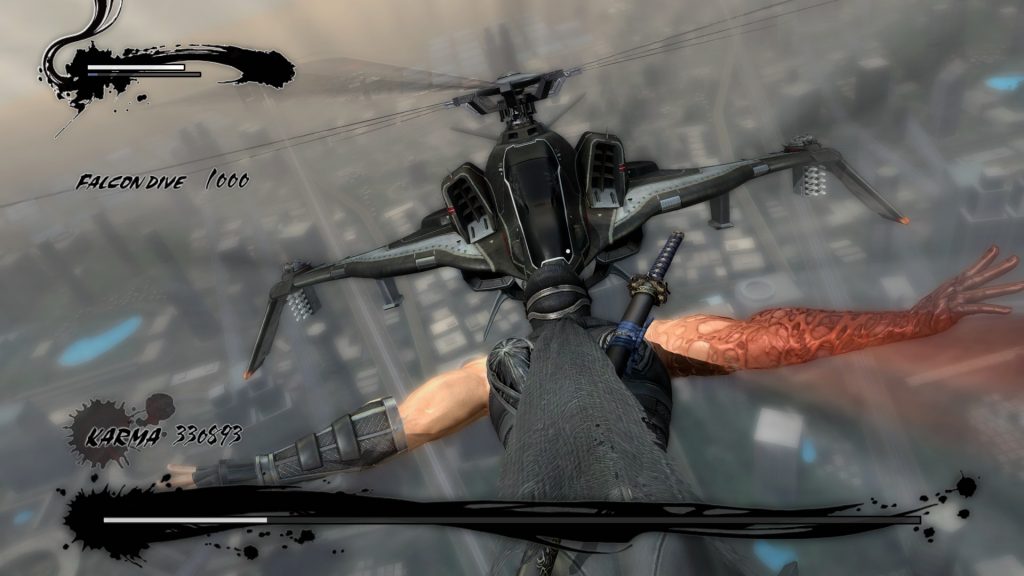
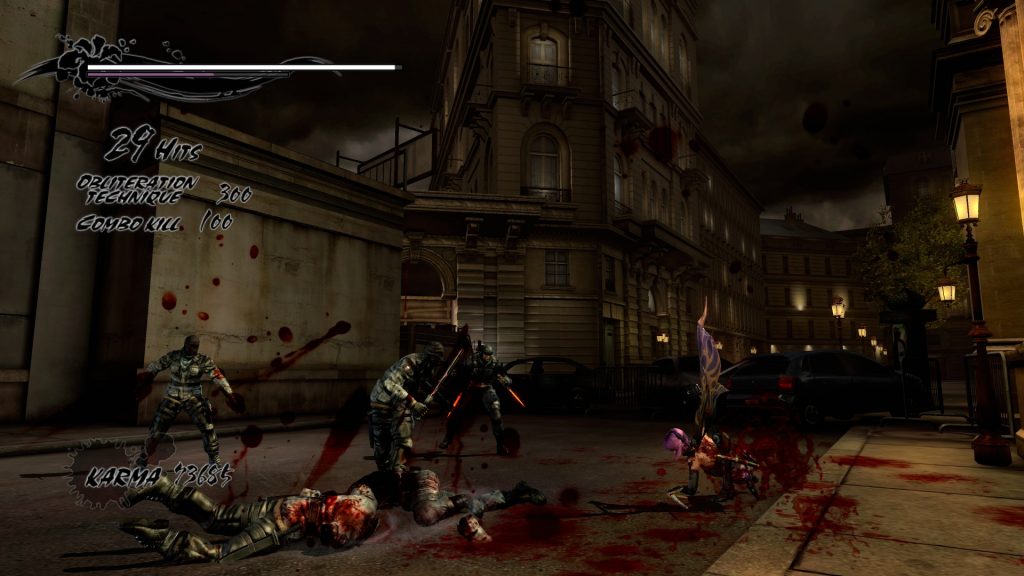
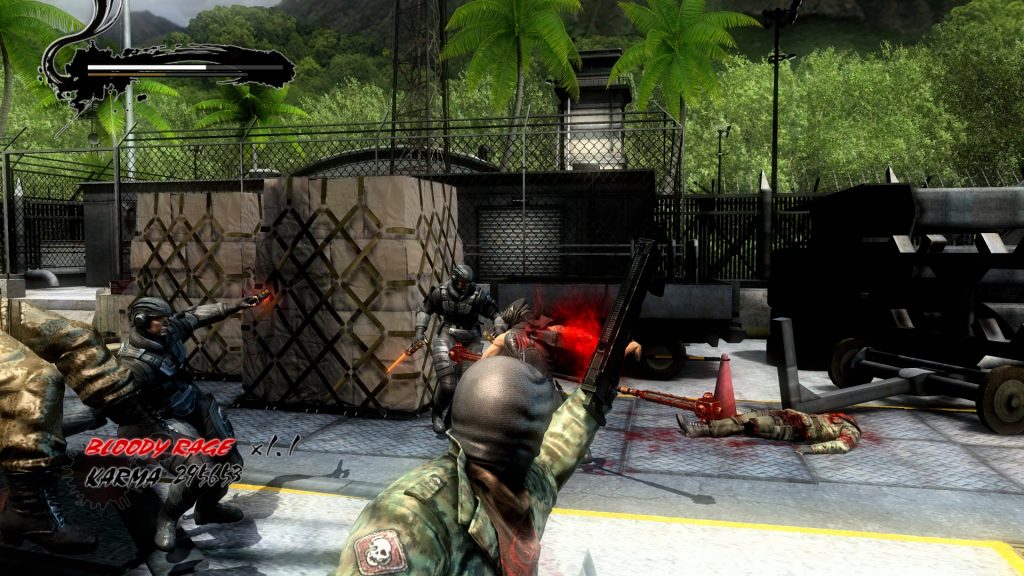
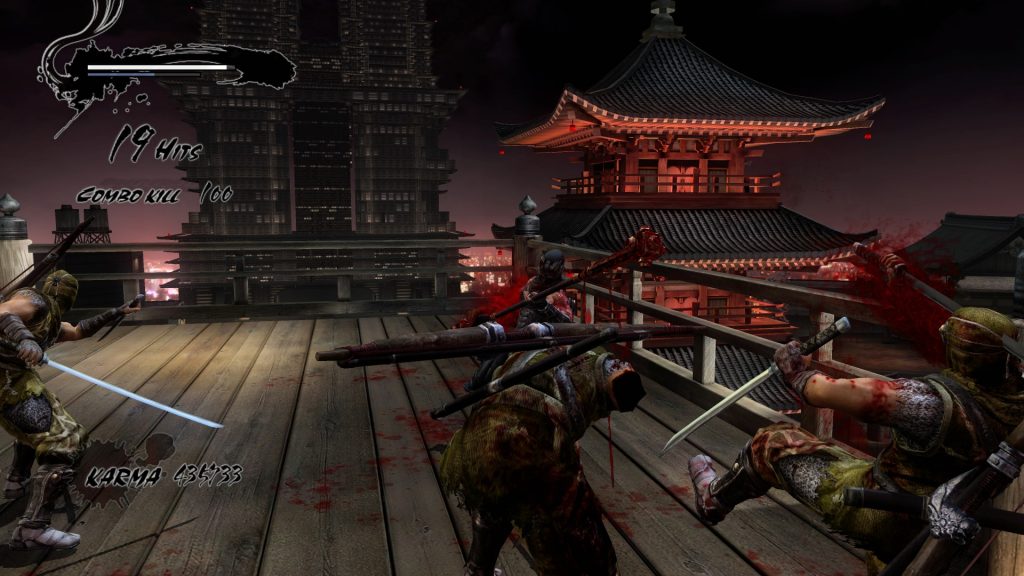
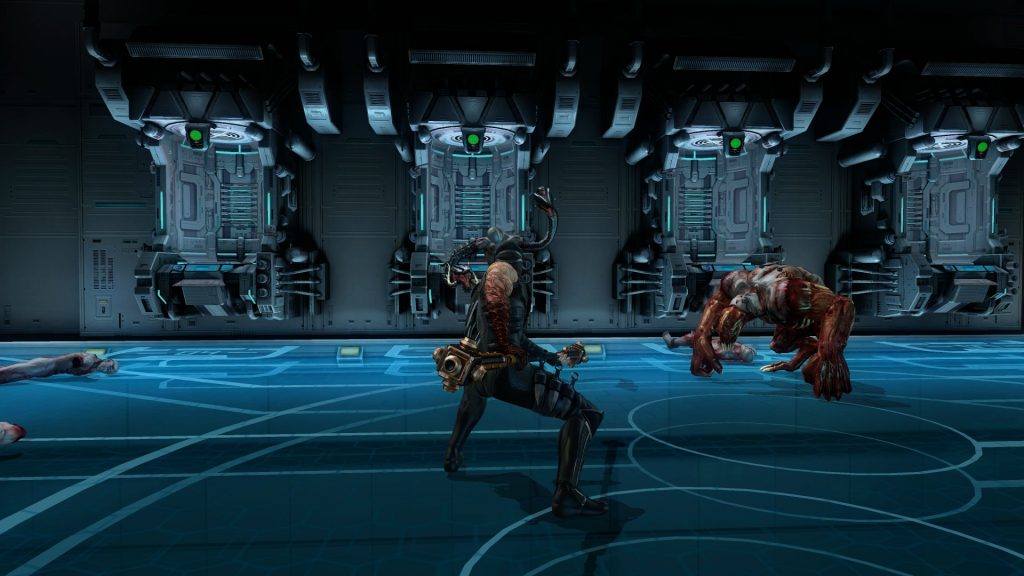
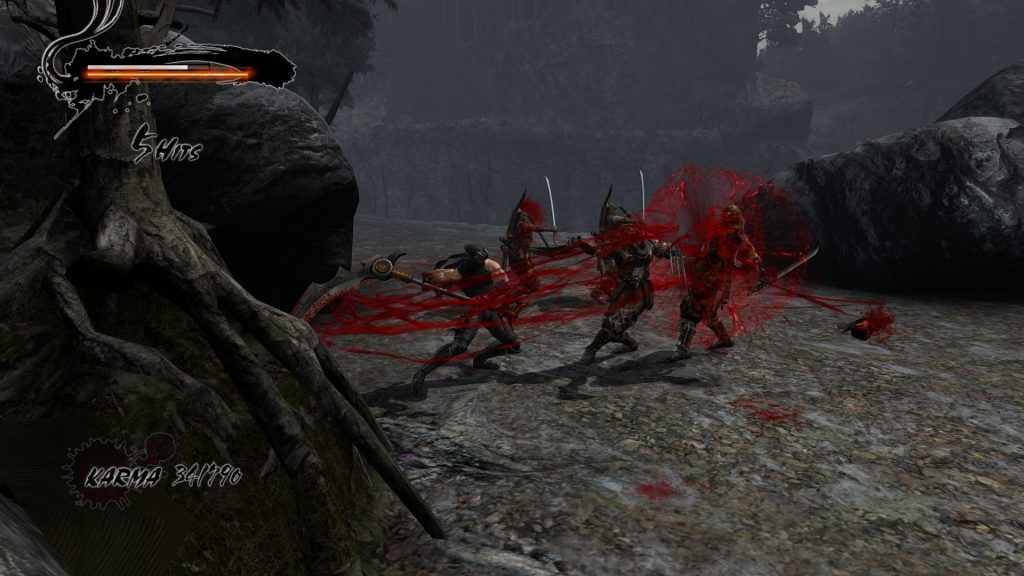
RATING - 65%
65%
Too little, too late
For better or worse, Ninja Gaiden trilogy has become obsolete by advances in the games industry and there have been better action games out there. If you don't have nostalgia or aren't a hardcore fan of masochistic action games, you wouldn't miss a lot by skipping it. Alternatively, you could check out Nioh 1-2 which evolved NG's ideas to give us some solid games that are head and shoulders above Team Ninja's previous endeavours.

